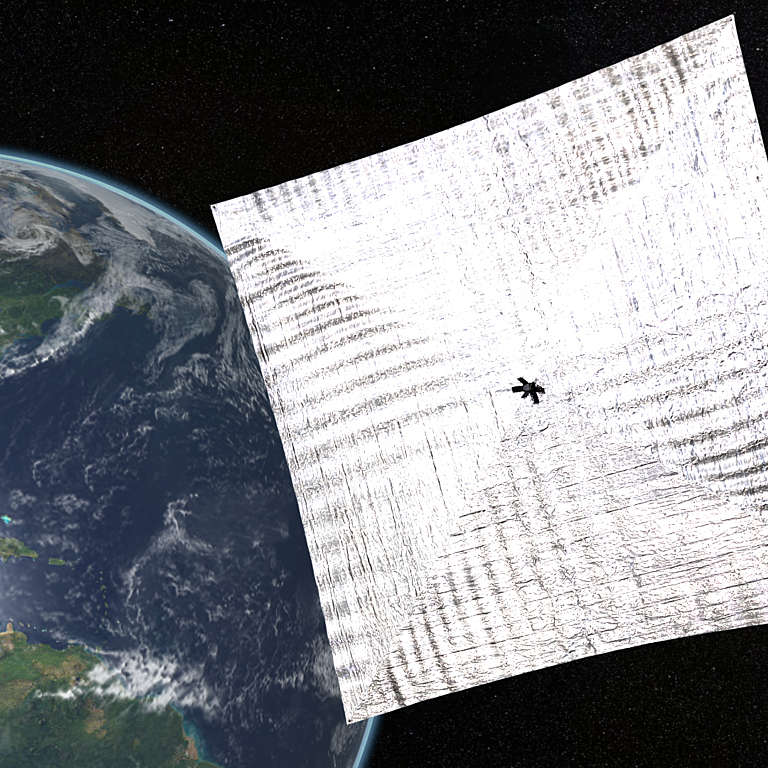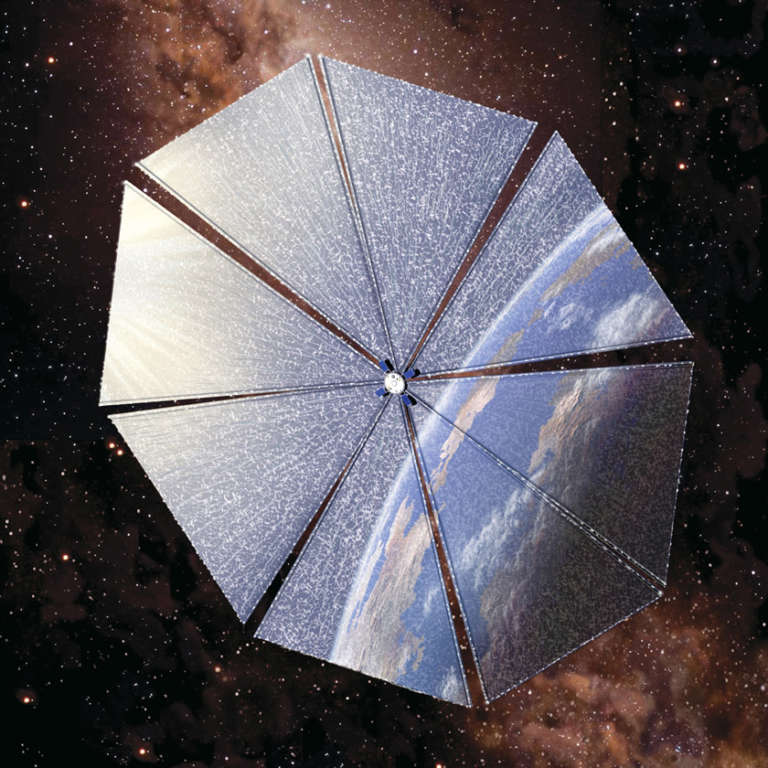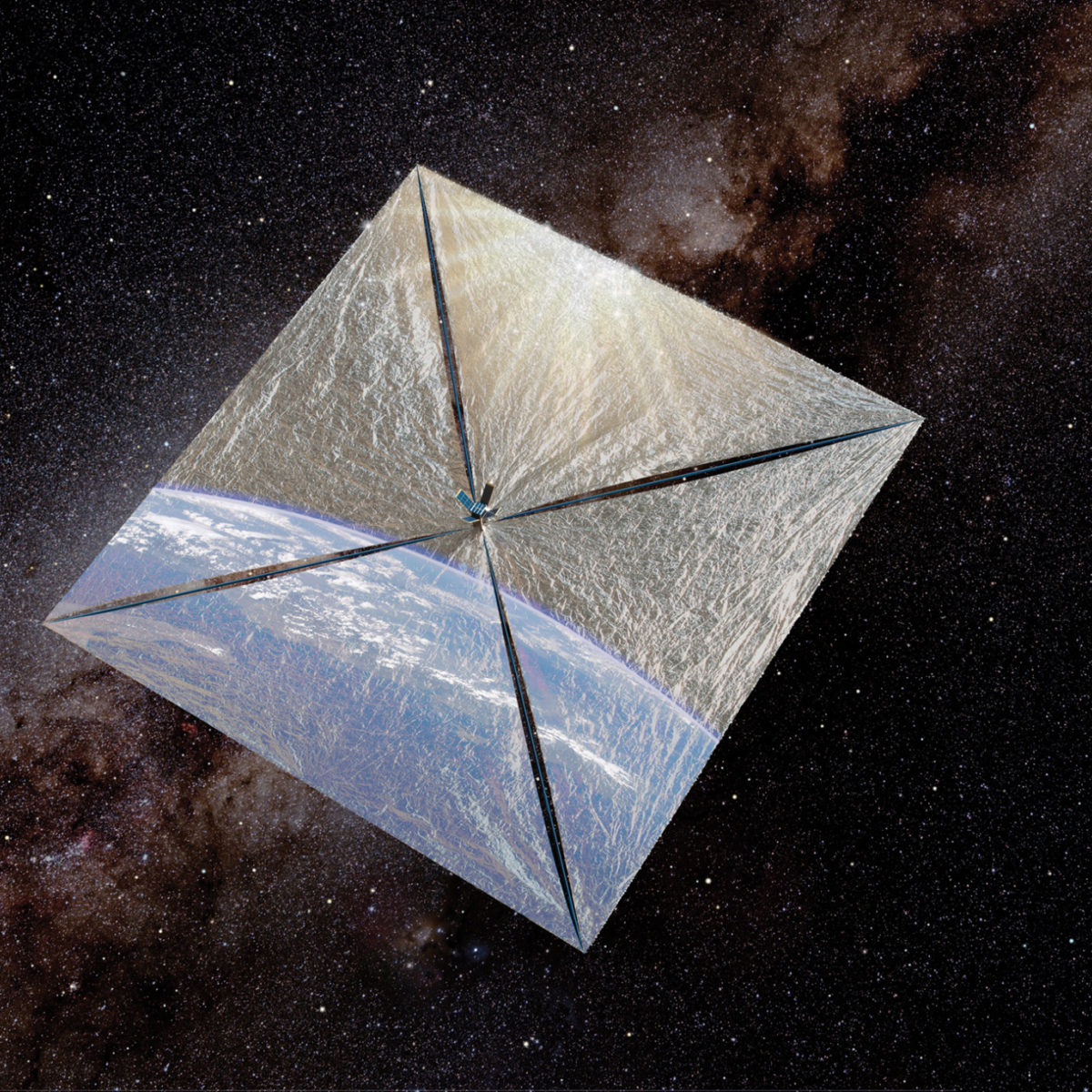All
All
Stories, updates, insights, and original analysis from The Planetary Society.
Quake Catcher Network: SETI@home Spinoff Tracks Earth-Shakers
One of the youngest off-springs of SETI@home has been getting a great deal of attention recently. Known as the Quake-Catcher Network (QCN), this distributed computing project makes use of thousands of volunteers' computers to locate and track earthquakes.
New Developments on the Road to Cosmos 2
The Planetary Society and Cosmos Studios remain committed to flying the first flight with light. Our spacecraft, Cosmos 2, is a maneuverable solar sail that may be the precursor to a new mode of interplanetary travel, and could one day take us to the stars.
From SETI@home to Hominid Fossils: Citizen Cyberscience Reshapes Research Landscape
In the beginning was SETI@home, the first large-scale volunteer computing project, launched in 1999 with seed money from The Planetary Society. Within months the project had millions of volunteers around the world joining to form the most powerful computer network ever assembled.
Cosmos 2
A letter from the Executive Director to the members and supporters of The Planetary Society.
Planetary System Detected Around SETI@home Target Star
A fully formed planetary system, with five different planets of varying sizes and orbits has been found, orbiting a star more than 40 light years away. Significantly, it is the very same star, 55 Cancri, that was one of the chief targets of the SETI@home reobservations at Arecibo in March 2003.
Planetary Society's Optical SETI Telescope Offers Online View of Night sky
The Planetary Society's Optical SETI Telescope was built solely to search for possible light signals from alien civilizations. Located at Oak Ridge Observatory in Harvard, Massachusetts, it is the first dedicated Optical SETI telescope in the world. Its 72-inch primary mirror also makes it larger than any optical telescope in the U.S. east of the Mississippi river.
Making Light Work
Professional Pilot Magazine asked me to contribute a prediction about the future of flight for the next century. Naturally, I wrote about solar sailing.
Keeping an Ear to the Center of the Galaxy, Southern SETI Prepares for Great Leap Forward
Located in the southern part of the continent of South America, Southern SETI has a continuous view of densest star-fields in our galaxy. And, since 1990, it has been sponsored and supported by The Planetary Society.
With Observations in Full Swing, Team Prepares to Remove "Sunglasses" from Telescope
Winter time is observing time at the Oak Ridge Observatory in Massachusetts, when humidity is low and the sky is often clear. And so it has been for the Optical SETI telescope, which opened its doors in April 2006.
Telescope Goes "Semi-Automatic"
Andrew Howard talks about the
Update: Monitoring the Weather?
The bigger the dream, the harder it is to achieve it. Our dream at The Planetary Society is to fly the first solar sail mission -- and prove the technology that might someday take humanity to the stars.
With Multi-Beam Receiver, SETI@home Takes Giant Step Forward
In seven intense days spent at the radio telescope Chief scientist Dan Werthimer and his colleagues completely overhauled the way SETI data is gathered at Arecibo, and ensured that SETI@home will henceforth enjoy the benefits of gathering data with the most advanced equipment anywhere in the world.
Telescope shows its Amazing Capabilities
During a few observation sessions in late April, the new Optical SETI Telescope was already demonstrating its amazing capabilities. Over three nights, the telescope completed 17 hours of observation, under the direction of Paul Horowitz and his team of Harvard graduate students. During that time, the telescope observed 1% of the sky, looking for the briefest flashes of light coming from outer space.
Searching for E.T. and the Cure for Cancer:The Planetary Society Helps Trigger a Computing Revolution
Planetary Society members truly have helped pioneer new techniques in the conduct of science. Our initial investment has returned amazing results that will continue to deliver benefits over years to come.
OPAG, Day 1: Status of radioisotope power and communications support for future missions
Following the mission- and science-focused presentations of the morning, there came two rather alarming presentations.
The Planetary Society Optical SETI Telescope Opens
On April 11, 2006, a new era dawned in the search for extraterrestrial intelligence (SETI) with the dedication and beginning of operations of The Planetary Society Optical SETI Telescope in Harvard, Massachusetts. It is the first devoted optical SETI telescope in the world. The telescope was constructed by Paul Horowitz and his group at Harvard University using funding from Planetary Society members.
Update: Getting Started
The Planetary Society solar sail team is working to try again to fly the world’s first solar sail spacecraft.
The End of Cosmos 1, the Beginning of the Next Chapter
Cosmos 1 was—and is—a great effort, and one we are proud The Planetary Society tried to do. Our independent grassroots organization built and launched a spacecraft whose technology promises to one day open up interstellar travel.


 Explore Worlds
Explore Worlds Find Life
Find Life Defend Earth
Defend Earth


 Sun
Sun Mercury
Mercury Venus
Venus Earth
Earth Mars
Mars Jupiter
Jupiter Saturn
Saturn Uranus
Uranus Neptune
Neptune Small Bodies
Small Bodies







